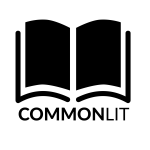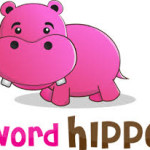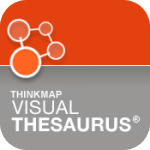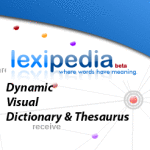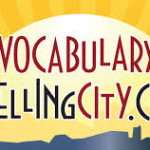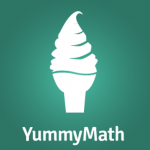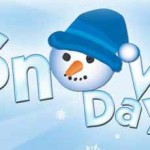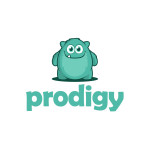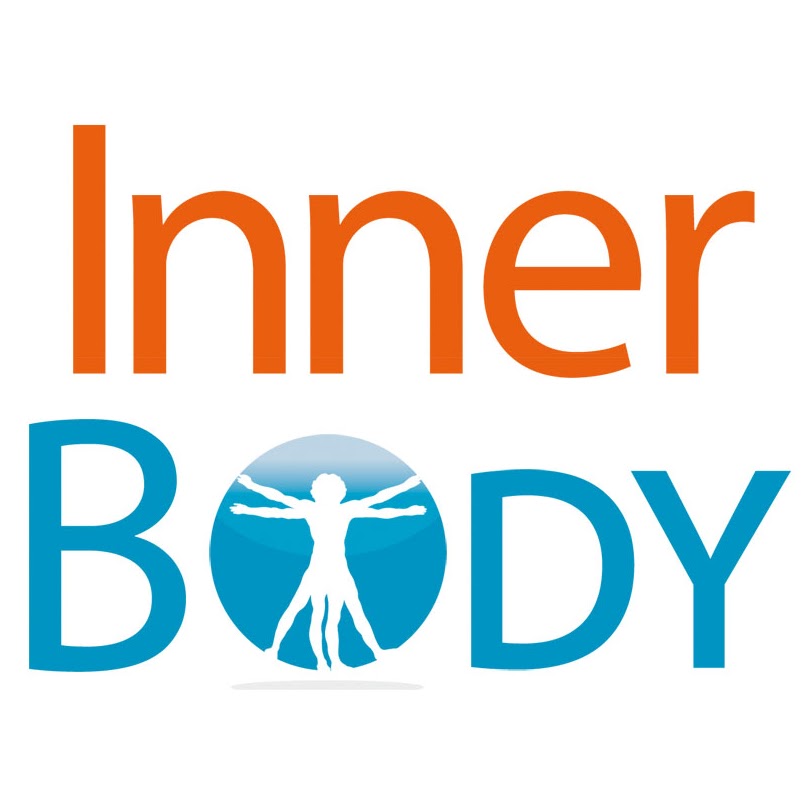Science
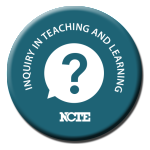 When educators think of science they typically think about a hands on or constructivist approach to learning. Jean Piaget is credited with the constructivist theory which states that we generate knowledge and meaning from an interaction with experiences and ideas rather than a sit and get classroom model. The constructivist approach says that learners build or construct new ideas on top of their old ideas.
When educators think of science they typically think about a hands on or constructivist approach to learning. Jean Piaget is credited with the constructivist theory which states that we generate knowledge and meaning from an interaction with experiences and ideas rather than a sit and get classroom model. The constructivist approach says that learners build or construct new ideas on top of their old ideas.
The standards-based reform movement in science education began with the publication Science for All Americans (AAAS, 1989). Much like Common Core the goal was to establish one science curriculum across the United States. Science standards describe the knowledge and skills necessary for the 21st Century student. Brian Greene, a physics professor describes science:
Science is a way of life. Science is a perspective. Science is the process that takes us from confusion to understanding in a
manner that’s precise, predictive and reliable-a transformation, for those lucky enough to be experience it, that is
empowering and emotional. To be able to think through and grasp explanations-for everything from why the sky is blue
to how life formed on earth- ot because tey declared dogma but rather because they reveal patterns confirmed by
experiment and observation, is one of the most precious of human experiences. (New York Times Op-Ed, June 2008)
The 5 E’s Learning Model can be used with students of all ages, including adults. Each of the 5 E’s describes a phase of learning, and each phase begins with the letter “E”: Engage, Explore, Explain, Elaborate, and Evaluate. The 5 E’s allows students and teachers to experience common activities, to use and build on prior knowledge and experience, to construct meaning, and to continually assess their understanding of a concept.
The 5 E learning cycle is a method of structuring a lesson that is based upon constructivist learning theory, research-based best practices in pedagogy, and cognitive psychology. It is a recursive cycle of distinctive cognitive stages of learning that include: engage, explore, explain, elaborate (extend), and evaluate. The lesson often takes several days or weeks to complete.
Although it has been widely used since it’s inception from the 70’s educators are seeing a return to this model in recent years. The Biological Science Curriculum Study (BSCS), a team led by Principal Investigator Roger Bybee, developed the instructional model for constructivism, called the “Five Es”. Other models have been adapted from this model including the 6E and 7E models. This learning model complements the lesson plan model US Digital Literacy recommends and we have used indicators on the component matrix below to help you see the connections.
5 E’s Lesson Components
| Engagement: The activities in this section capture the student’s attention, stimulate their thinking and help them access prior knowledge. ACTIVATING STRATEGY |
-current media release -science journal or book – piece of literature |
| Exploration: In this section students are given time to think, plan, investigate, and organize collected information ORGANIZING STRATEGY |
-to answer an open-ended Question -to make a decision
-design and/or perform
|
| Explanation: Students are now involved in an analysis of their exploration. Their understanding is clarified and modified because of reflective activities. COGNITIVE STRATEGY |
|
| Extension: This section gives students the opportunity to expand and solidify their understanding of the concept and/or apply it to a real world situation TRANSFER STRATEGY |
-classifying, abstracting, error analysis, etc
|
| Evaluation: Discern what students know and can do SUMMARY STRATEGY & ASSESSMENT |
|
RESOURCES:
- The BSCS Story: A History of the Biological Sciences Curriculum Study edited by Laura Engleman, Colorado Springs: BSCS, 2001.
- Eisenkraft, Arthur (2003). “Expanding the 5E Model”. The Science Teacher (The National Science Teacher’s Association). pp. 56–59.
- Greene, Brian (2008). Put a Little Science in your Life (New York Times Op-Ed)
- Larson, Edward John (2003). Trial and error: the American controversy over creation and evolution (3, revised ed.). Oxford University Press US. pp. 133, 148, 165. ISBN 978-0-19-515470-2.
- http://www.augusta.k12.va.us/Page/443
- http://www.miamisci.org/ph/index.html
- http://www.saguaro.geo.arizona.edu/5-Epdf.pdf
- http://www.holland.k12.mi.us/curriculum/sci.cycle.html
- http://www.mcps.k12.md.us/curriculum/science/instr/5Esactivities.htm


